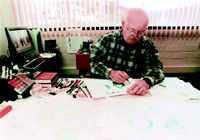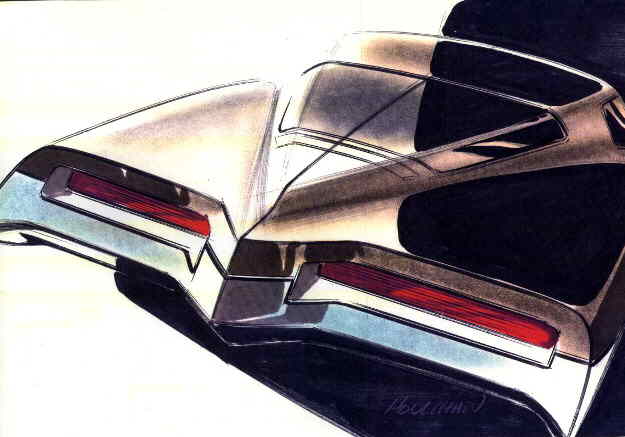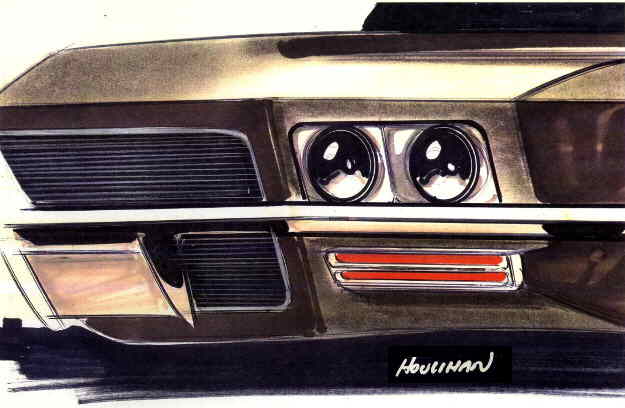The cove story.
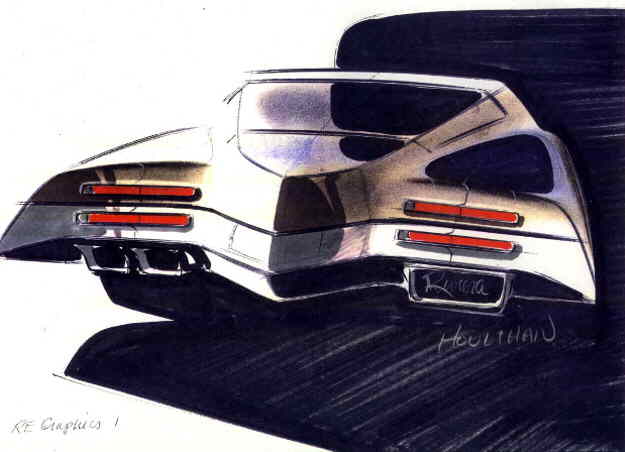
Thanks to mr. John T. Houlihan for donating the sketches to our site!
Regarding the "cove" in the rear: If you look closely on the picture below you will see faint section lines indicating surface condition above the taillights. These were drawn after I had a confrontational meeting with the Group Chief Designer for Advanced Studios, Clare MacKickan. He noticed a different sketch of mine that showed a different section which I had sketched to indicate a soft radius into a flat surface (or so I thought). Either I mis-sketched the surface condition or he mis-read the sketch (it's a 50/50 as far as I remember). Mr. MacKickan wanted the clay to reflect the sketch - meaning he wanted a "cove" like the sketch showed. I didn't get it. He, in a rather heated fit of exasperation and impatience, grabbed a pencil and with a heavy hand drew the section line showing the "cove" he saw.
No one else in the studio saw it that way which is why the clay model was done with a clean radius and flat surface.
You can bet the clay modelers quickly hogged out the section while he waited - tapping his foot impatiently. I quickly made a sketch (RE Graphics 1) to help the clay modelers understand the surface condition.
Life in the design studio was full of incidents like this one. In fact, many were downright ugly. This is a mild one.
John T. Houlihan, 09-05-2000
This is the text John T. Houlihan wrote us to some questions.
I was involved in the design as part of Gerry Hirshberg's Advanced Buick design studio in1968-1969 but I certainly don't know everything about this car. Bill Mitchell had been pushing for such a radical design for a while before Hirshberg got the assignment. The basic concept came from a 3/8 scale model designed by a guy named Don Deharsh. Mitchell loved the opulent sweeping form of Delahaye and Delage autos. He was quite a flamboyant fellow himself - loud and blustery. The original "A/E" version of the "boattail" was a fantastic design with a real "V" windshield, a "monocoque" body.
The original small design was truly magnificent. Then management (the Buick General Manager at the time - Mays probably) decided not to fund the necessary tooling required for the unique panels and parts the "A/E" required. He insisted the car be fitted to a "B" seating package and use all "B" glass, inners, floor etc. This was near disaster for the design concept.
The final design took nearly 6 months to complete. After Hirshberg & Company were through the car went to the production studio for the final "productionizing". Early running prototypes were on the road sometime in 1970 so one of those could be on the cover of the brochure.
John T. Houlihan, 07-24-2000
Text by John T. Houlihan.
The backlight:
The rear glass (or "backlight" as it is properly called) was, indeed, a very difficult part to make. We wanted a crease down the middle - a "windsplit" - but that turned out to be impossible to make, Glass is the single most difficult, dictating and expensive component in the design and manufacture of a car. That's why you see whindshields, side glass, and backlights shared throughout the models. In making the backlight, the company (Ford or it could have been PPG) had to actually heat the glass to near melting then hang it a certain way to allow it to "flow" into its final shape. This is common for a lot of glass making in other product areas besides cars. We had to use all "B" body glass and inner panels. This dictated the shape of the car. We had to design the Riviera body to gracefully include the wide windshield and the front door glass of the LeSabre sized Buick when we were starting with a much smaller design. Not an easy task.
John T. Houlihan, 07-24-2000
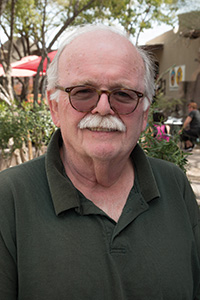
"The rear glass (or "backlight" as it is properly called) was, indeed, a very difficult part to make. "
- Houlihan
